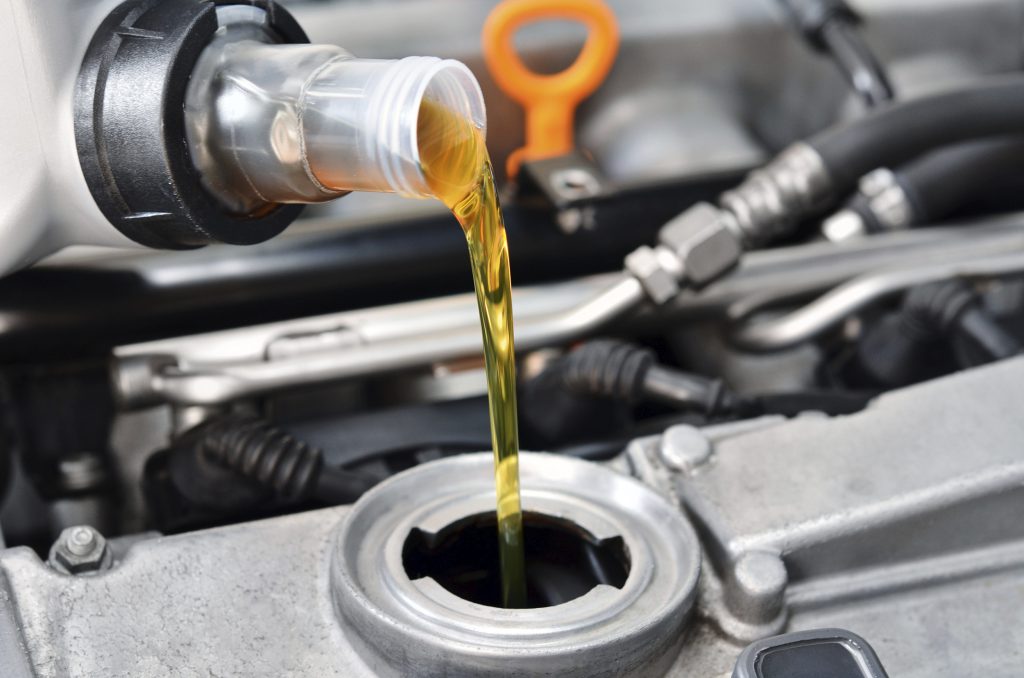When choosing an engine oil, you should be guided by the list of approved oils from the car manufacturer itself. The scheduled replacement dates are also always indicated in the instructions for the vehicle. However, if the car is operated under increased loads, off-road, often at reduced gears and, as a result, at higher engine speeds, the frequency of oil change should be increased from the usual 10-12 thousand km to 5-7 thousand.
The same requirement is true for vehicles with considerable mileage. Worn—out engines operate in a more rigid mode – the gaps between the cylinders and pistons increased due to high mileage contribute to the breakthrough of incandescent gases into the crankcase, etc.
Why don’t different types of oils combine?
It should be remembered that different types of oils cannot be mixed, since the additives introduced into them have different solubility in synthetic and mineral bases, as a result of which the formation of an insoluble precipitate is possible. The resulting suspension will clog the engine, after which it will have to be repaired.
But oils of the same type, even synthetic ones, but from different manufacturers also cannot be mixed, since the packages of oil additives in lubricants can differ very significantly, and some of them are completely incompatible with each other. Therefore, if you switch from one type of oil to another, as well as carry out the first oil change after the previous owner of the vehicle, the lubrication system must be flushed.
Flushing the engine before changing the oil
If this stage is neglected, then fresh oil (especially “synthetics”) can easily wash away deposits accumulated over the years of engine operation. It should be washed with either a detergent additive (the so-called five-minute) or a specialized washing oil.
The “five minutes” are poured into the old oil, after which the engine is allowed to idle in accordance with the instructions for several minutes. Next, the working is drained and fresh oil is poured. The product is quite aggressive — if it is overexposed, the seals may leak.
Flushing oils are less aggressive, they are poured into the engine after draining the used oil. The only drawback is that they are often made on the basis of mineral oils and may be incompatible with “synthetics”.
Filter Replacement
The oil filter is most often replaced at the same time as the engine oil is replaced. If the vehicle has been operated in a dusty area for a long time, or the quality of the constantly filled fuel is low, then the products of its incomplete combustion and dust can quickly disable the oil filter. Therefore, it is desirable to change it more often in the described operating conditions.
Usually, the removal of the old filter is carried out during the discharge of the waste. It is often unscrewed without the use of additional tools, but sometimes you may still need a special key — a belt, chain or special “crab”. In the absence of the above-mentioned keys, you can use a sharpened flat screwdriver. The tool penetrates through the filter housing at some distance from the central axis, and then is used as a lever.
On a new filter, before installing it, it is necessary to moisten the rubber gasket with the same engine oil in order to avoid skewing the sealing material.
Choose the appropriate engine oil
Avaruosad.ee – online auto parts store
Need spare parts for your car? Call for free consultation:
- +372 56 812 812
- info@avaruosad.ee


